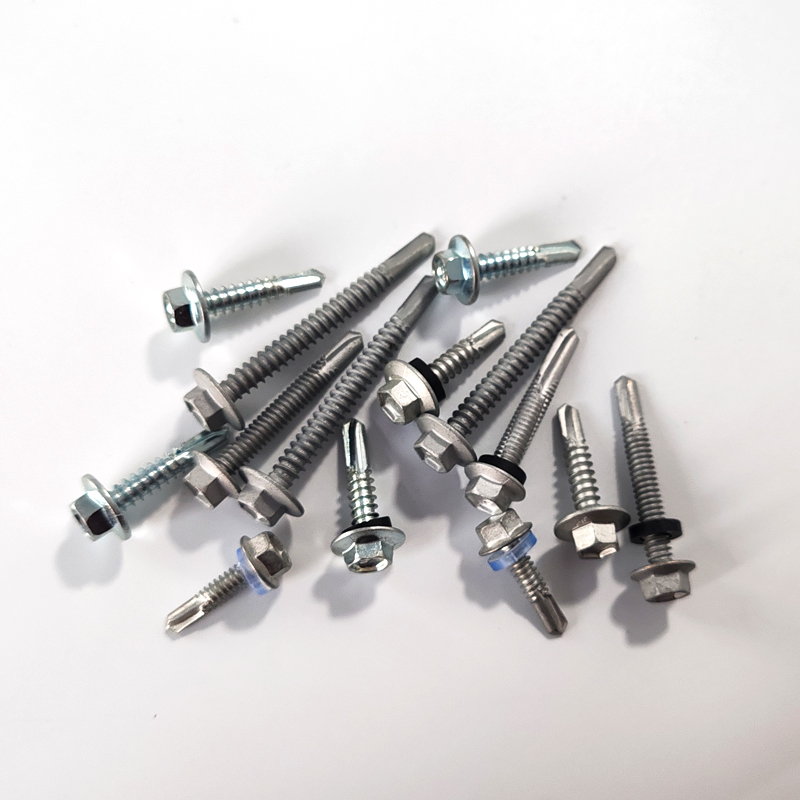mudsill anchor bolts
Understanding Mudsill Anchor Bolts Essential Components for Structural Integrity
Mudsill anchor bolts are crucial elements in the construction industry, particularly in building foundations for homes and commercial structures. These bolts play a fundamental role in ensuring the stability and safety of buildings, especially in areas prone to seismic activity or strong winds. Understanding their function, installation, and benefits is vital for both builders and homeowners.
What Are Mudsill Anchor Bolts?
Mudsill anchor bolts are heavy-duty fasteners used to secure the mudsill (the horizontal timber that rests on the foundation) to the foundation itself. Typically made from high-strength steel, these bolts are embedded in the concrete foundation to provide a strong link between the building’s foundation and the wooden frame above. Their design may vary, with common forms including J-bolts and L-bolts, each serving the same purpose but adapting to specific construction requirements.
Importance in Construction
The primary function of mudsill anchor bolts is to resist lateral forces that can arise during events like earthquakes or high winds. Without adequate anchoring, a structure can suffer from significant movement or displacement, which may lead to severe structural damage or even collapse. By securely fastening the mudsill to the foundation, these bolts help maintain the building's integrity, providing both safety and longevity.
In addition to lateral force resistance, mudsill anchor bolts also help manage vertical loads. They ensure that the weight of the structure is efficiently transferred down to the foundation, which is particularly important in multi-story buildings. This load-bearing capability is essential for the overall stability and safety of the construction.
Installation Process
The installation of mudsill anchor bolts is a critical phase in building construction that requires careful planning and execution. Typically, these bolts are placed in the concrete footings before the concrete is poured. Here’s a brief overview of the installation process
1. Planning and Layout Before installation, engineers will determine the required number and placement of the anchor bolts based on building codes and specific design requirements.
2. Footing Preparation The concrete footings are prepared, and forms are set up to create the foundation.
mudsill anchor bolts

3. Bolt Placement Anchor bolts are positioned in the footings at specified locations, ensuring they are vertical and aligned with the mudsill. This positioning is often done using templates or jigs to maintain accuracy.
4. Concrete Pouring Once the bolts are in place, concrete is poured into the forms around them. It is crucial to ensure that the bolts are fully encased in concrete to achieve maximum holding strength.
5. Securing the Mudsill After the concrete has cured, the mudsill can be placed on top. The bolts protruding from the foundation are then fastened with nuts and washers to securely hold the mudsill in place.
This process may vary slightly depending on local building codes and the characteristics of the specific project, but the core principles remain consistent across different constructions.
Benefits of Mudsill Anchor Bolts
1. Enhanced Structural Stability By securely anchoring the mudsill to the foundation, these bolts effectively reduce the risk of structural damage during adverse weather conditions or seismic events.
2. Longevity of the Structure Properly installed anchor bolts can significantly extend the life of a building by preventing movement that can lead to wear and damage over time.
3. Compliance with Building Codes Most regions have strict building codes that dictate the use of anchor bolts in certain types of construction. Using the appropriate mudsill anchor bolts ensures compliance and can help avoid legal and financial ramifications.
4. Cost-Effectiveness Investing in quality anchor bolts during construction can save considerable costs in repairs and rebuilding down the line, making them a smart choice for builders and homeowners alike.
In conclusion, mudsill anchor bolts are an essential aspect of modern construction. They enhance the safety, stability, and durability of structures, particularly in areas vulnerable to natural forces. For anyone involved in the building process—whether as a contractor, architect, or homeowner—understanding the significance of these anchor bolts can lead to better decision-making and ultimately contribute to the creation of safer, more resilient buildings.
-
Weatherproof Plastic Expansion Anchors for Outdoorସମ୍ବାଦJun.06,2025
-
Sustainability in the Supply Chain: Eco-Friendly TEK Screws Productionସମ୍ବାଦJun.06,2025
-
Load-Bearing Capacity of External Insulation Fixingsସମ୍ବାଦJun.06,2025
-
Double Head Bolts: Enhancing Efficiency in Industrial Machineryସମ୍ବାଦJun.06,2025
-
Corrosion Resistance in Chipboard Screws: Coatings for Wholesale Durabilityସମ୍ବାଦJun.06,2025
-
Butterfly Toggle Bolts : Enhancing Structural Resilienceସମ୍ବାଦJun.06,2025
